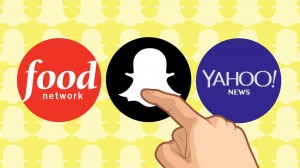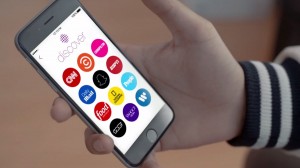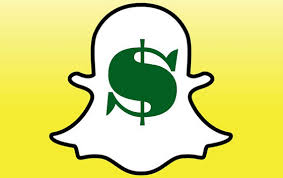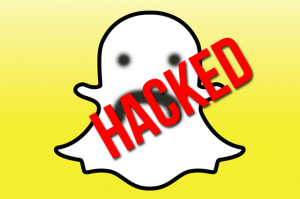Snapchat Makes Changes to Allow It to Compete for Social Media Advertising
In Social Media, Social Media News Brief, Social Networking | No comment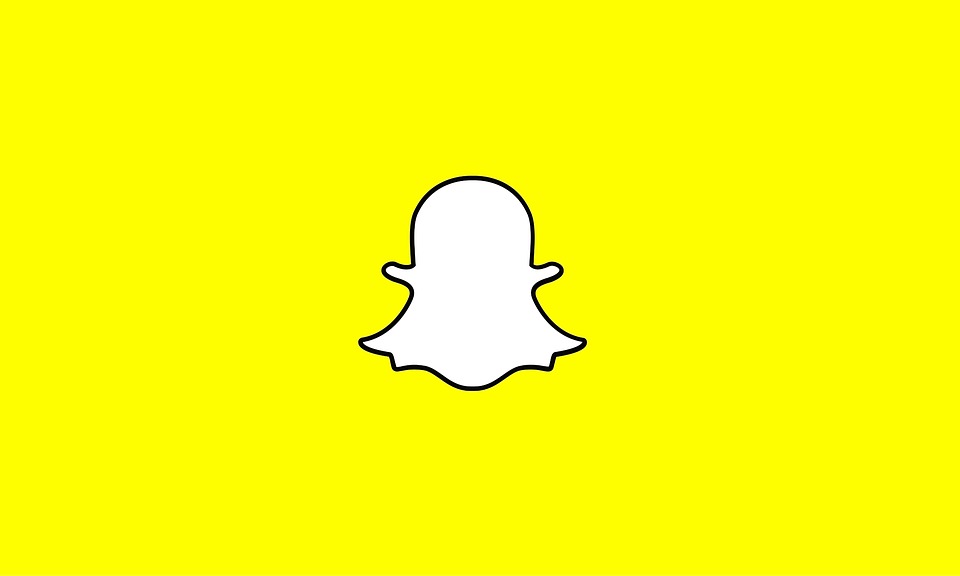
After a recent update where Snapchat made many small changes to the way the stories are displayed on their app and to icons on the app, they announced that a new update was coming as well. This new update is going to make it so that advertisers will be able to easily create ads and submit these to the app without having to talk directly to a Snapchat representative. With a high level of advertising customization, advertisers will be able create a place where users can swipe to go to their site, buy their product, or do anything else that benefits the advertiser. They will even be able to target their advertisements to a range of demographics. This should help to make it so that advertisers are able to more easily submit and customize their advertisements.
In addition to just making some changes in the submission process, they announced exactly where these ads would be appearing. The ads will work a lot like the ones on YouTube do where users have to see the ads before watching the videos. In this case, the advertisements will appear between the stories that users view as they are scrolling through their feed looking for updates from friends.
Already, Snapchat is starting to see a bit of an adverse reaction to the newly announced advertisements. Many users are worried that the ads will become annoying and intrusive after this initial change to the social media application. For now, Snapchat allows the option of scrolling past these ads, but many users fear that this will change over time. If Snapchat can successfully add a greater number of advertisements into their app, without upsetting their user base, they may have a good chance of taking a lot of the advertising dollars that currently go to Facebook and Twitter.




